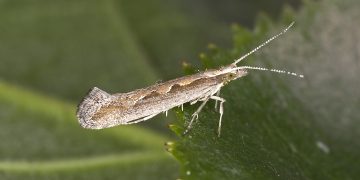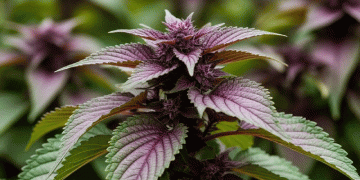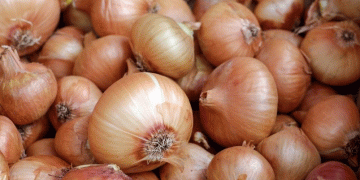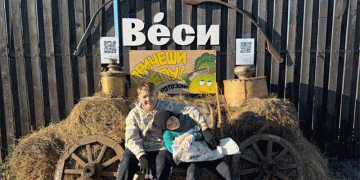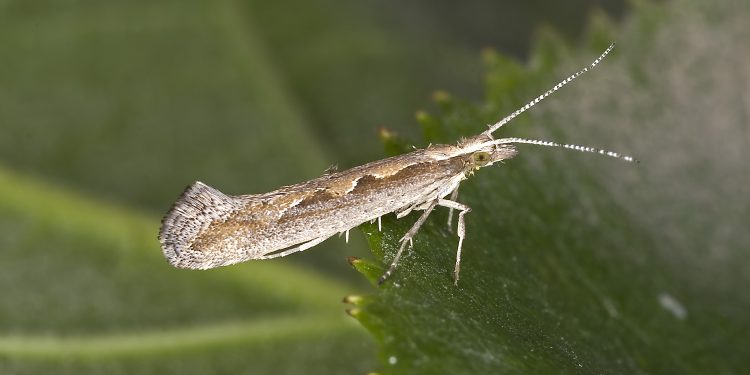Plutella xylostella, commonly known as the diamondback moth, is a major pest that affects cruciferous crops globally. The moth is known for its high reproductive rates, short lifecycle, and ability to develop resistance to various insecticides. This article discusses the development and consequences of diamondback moth infestation and management strategies to combat the pest.
The diamondback moth has a significant impact on the global economy due to the destruction of crops. According to recent research conducted by the Food and Agriculture Organization of the United Nations (FAO), the annual cost of diamondback moth damage and control measures worldwide is estimated at $4-5 billion. The moth is native to Europe, but has spread to other continents, including Asia, Africa, North, and South America, where it has become a severe problem in some countries.
The diamondback moth has a high reproductive rate, with females capable of laying over 100 eggs in their lifetime. This, coupled with the short lifecycle of the moth, allows for the rapid buildup of populations. The pest is also capable of developing resistance to various insecticides, making control measures challenging.
The consequences of diamondback moth infestation include significant crop losses, reduced crop quality, and increased costs of insecticide use. Cruciferous crops such as cabbage, cauliflower, broccoli, and kale are most susceptible to diamondback moth infestation, with larvae feeding on the leaves, stems, and buds of the plants.
To combat the diamondback moth, various management strategies have been developed, including cultural, biological, and chemical control methods. Cultural practices such as crop rotation and sanitation can help reduce the populations of the pest. Biological control involves the use of natural enemies, including parasitoids and predators, to control the pest. Chemical control methods include the use of insecticides, which should be used judiciously to prevent the development of resistance.
In conclusion, the diamondback moth is a significant threat to cruciferous crops globally, causing significant crop losses and increased costs of insecticide use. Effective management strategies involving cultural, biological, and chemical control methods should be implemented to combat the pest and minimize the economic impact of diamondback moth infestation.
#DiamondbackMoth #CruciferousCrops #InvasivePest #PestManagement #CropLosses #InsecticideResistance #BiologicalControl #ChemicalControl #CulturalControl
